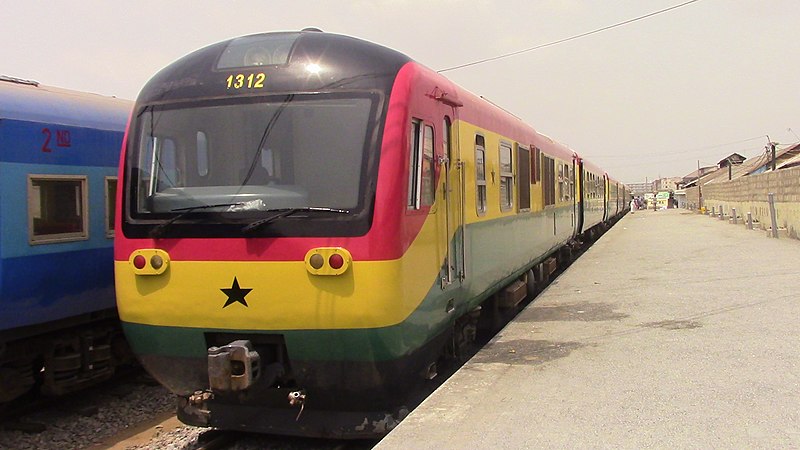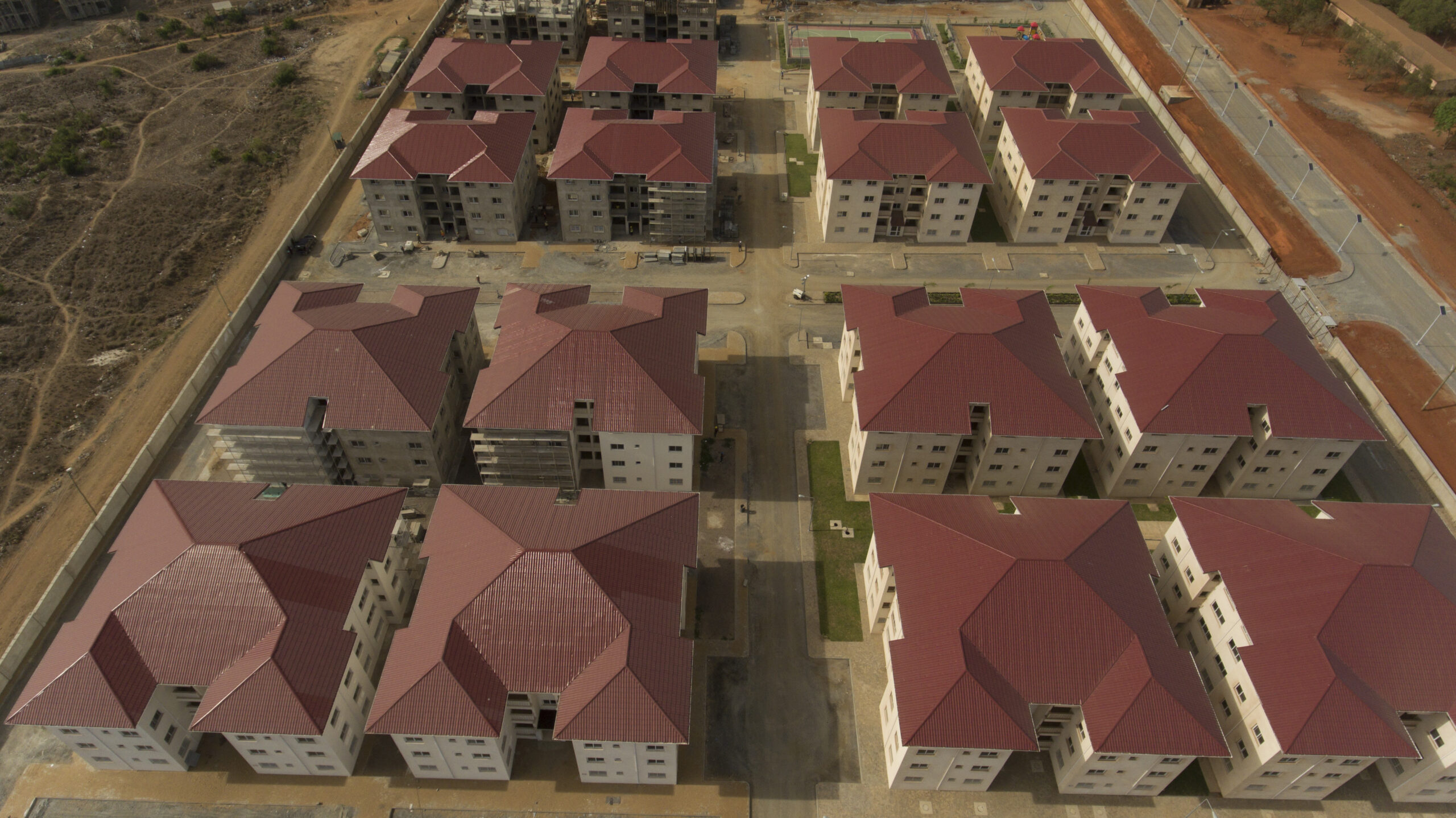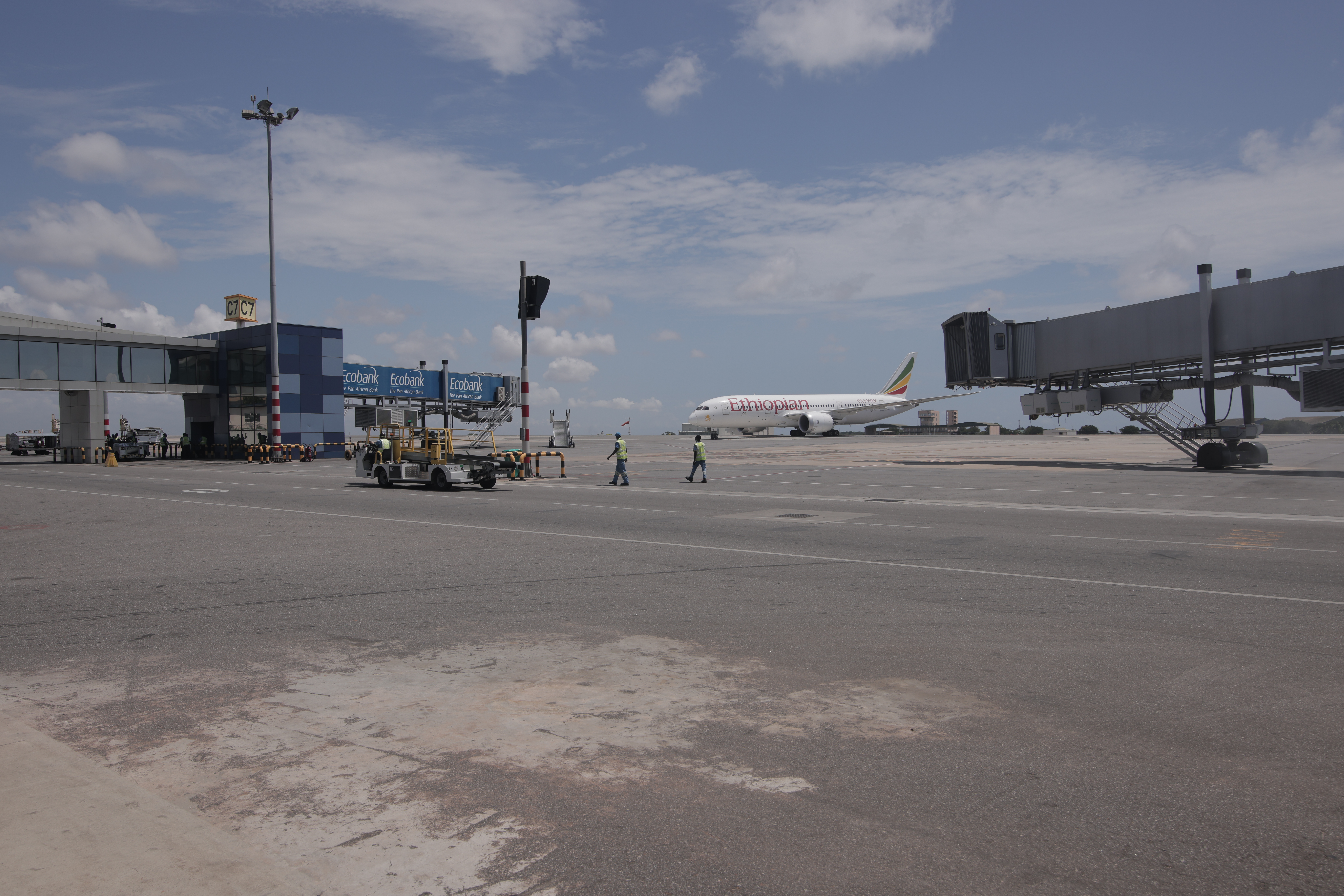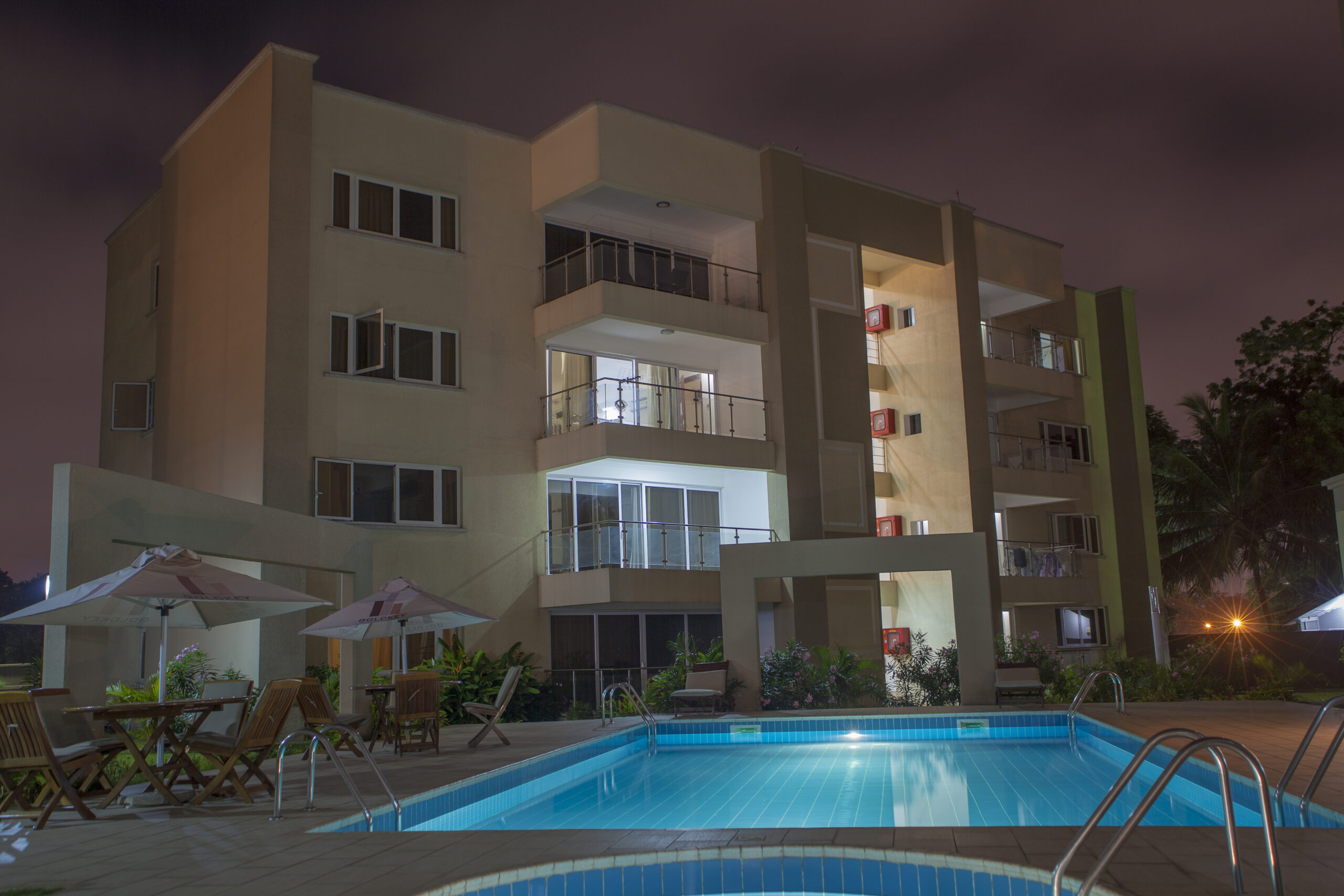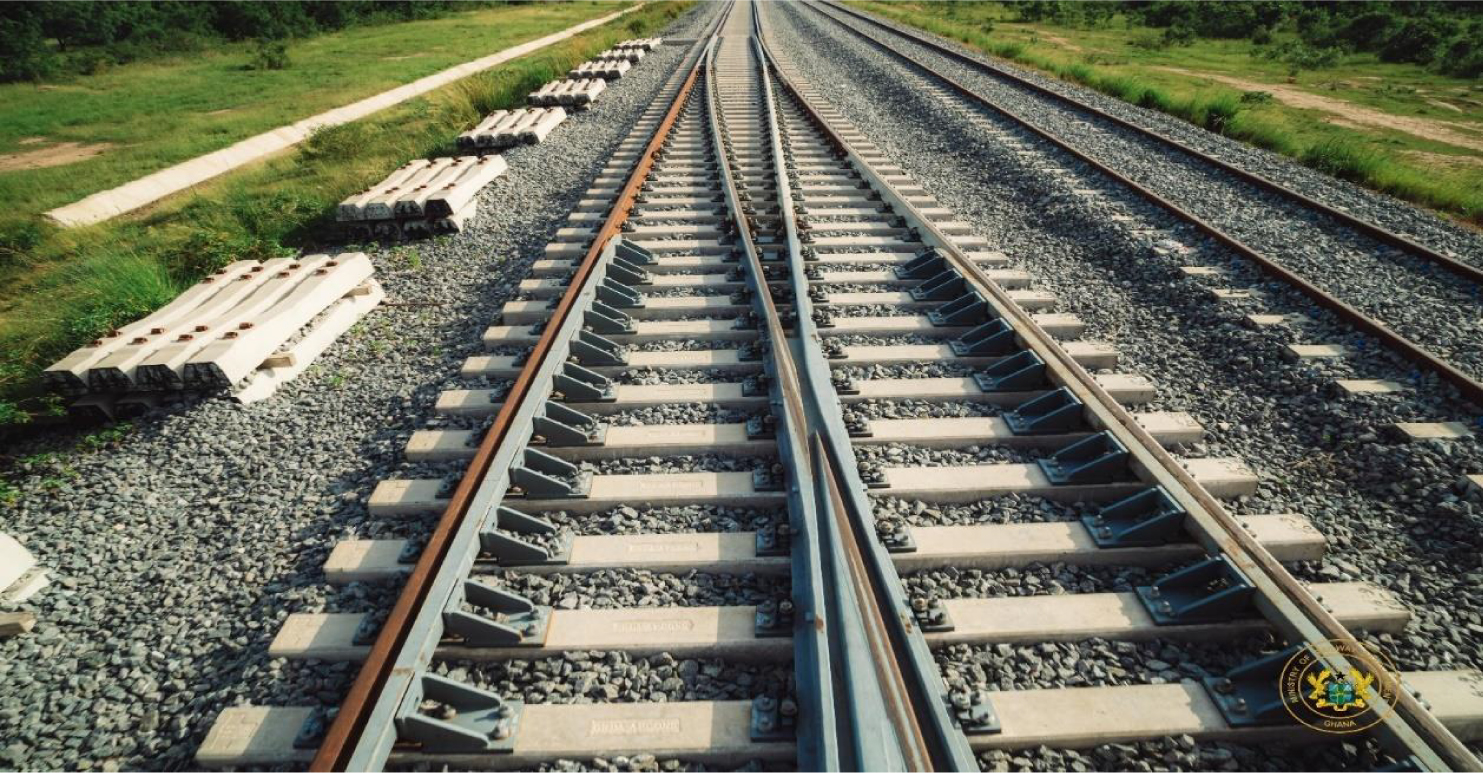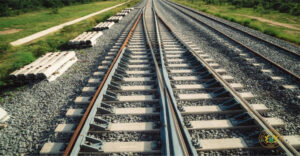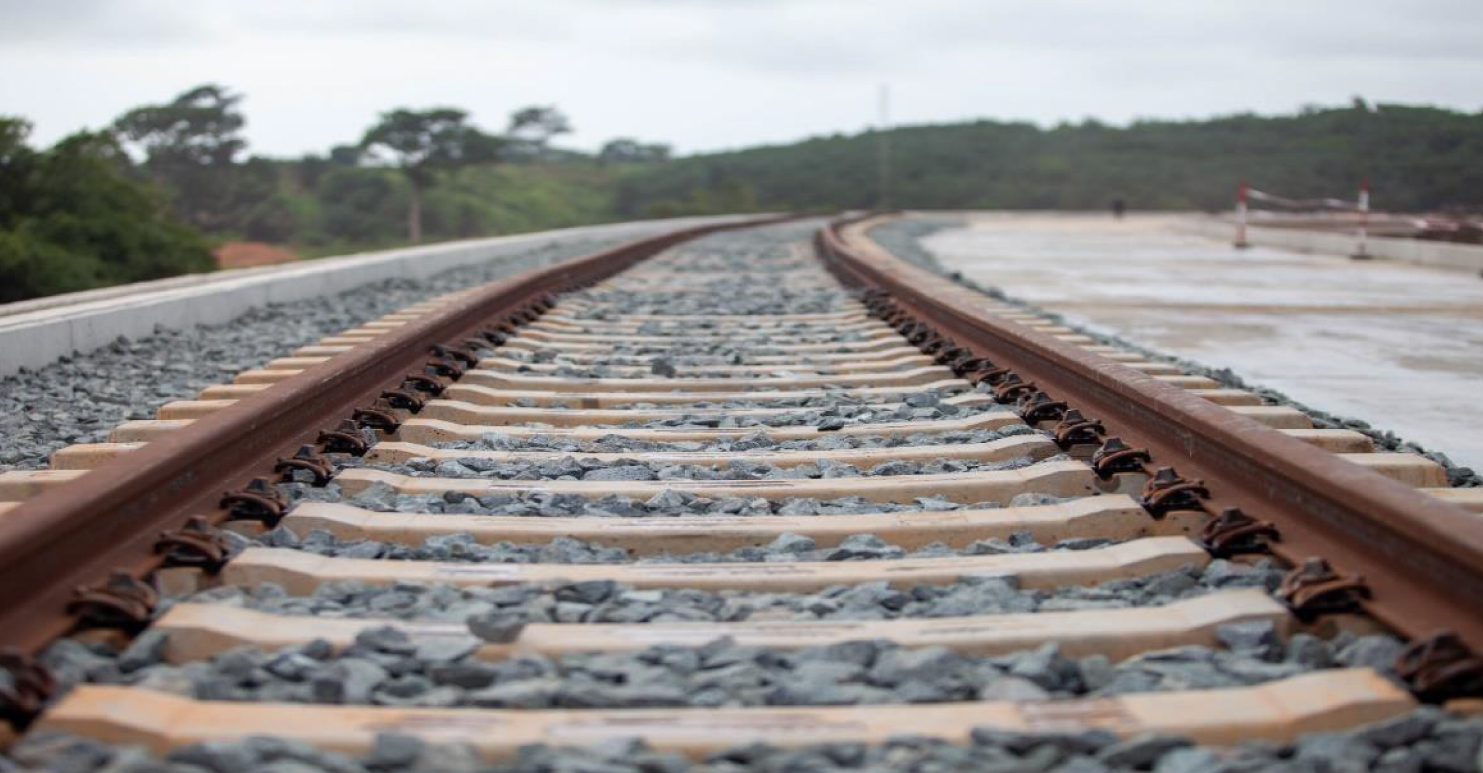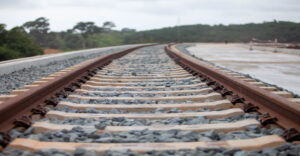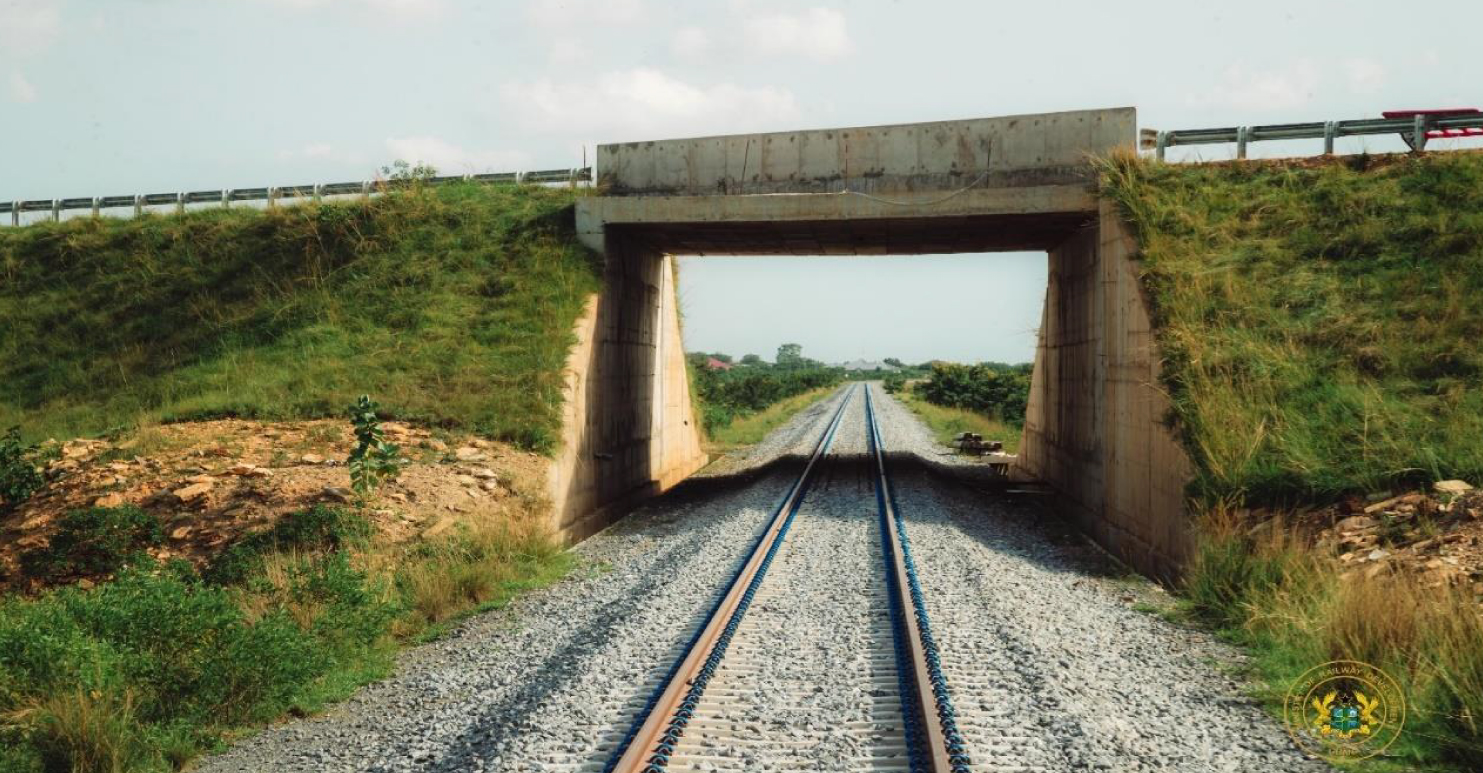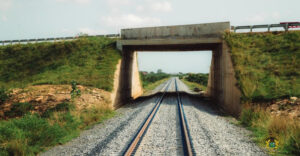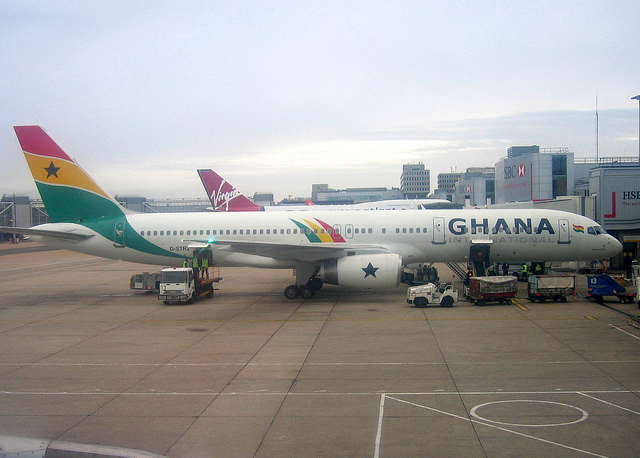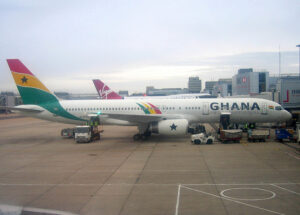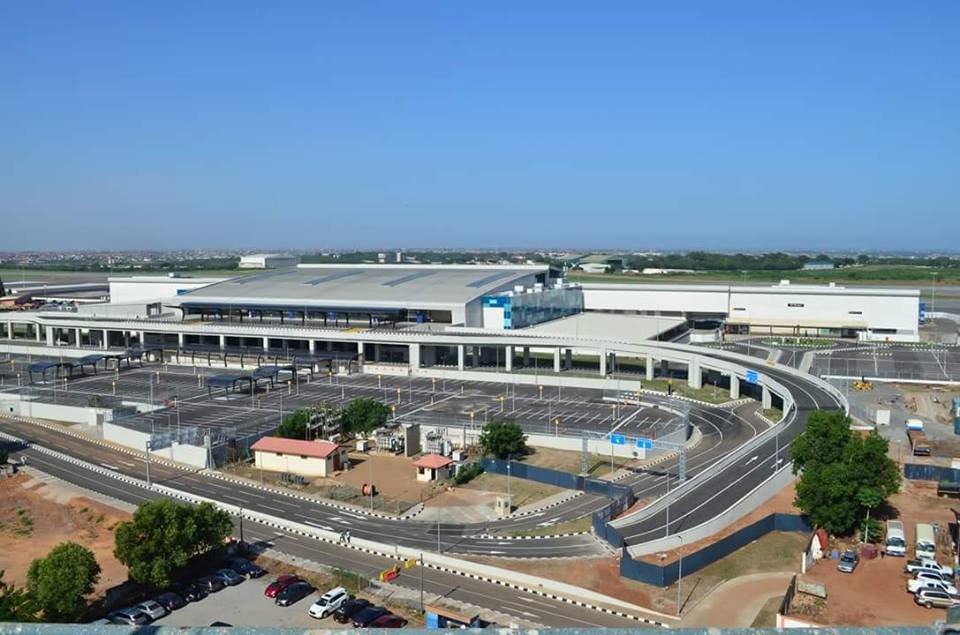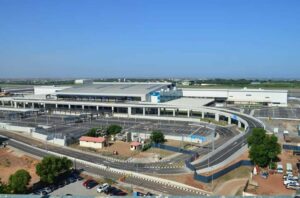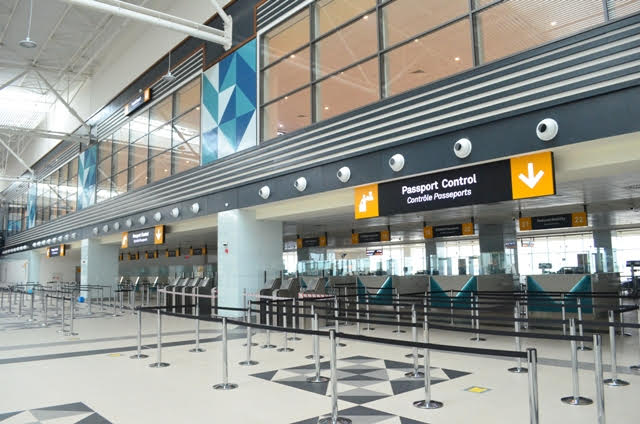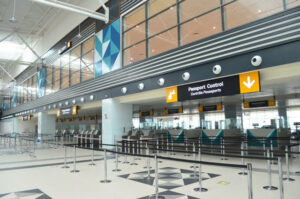The Ministry of Railways Development was established by the President of the Republic of Ghana, H.E. Nana Addo Dankwa Akufo-Addo in February 2017. The Ministry has been tasked with ensuring the rapid development of a modern rail network in Ghana.
Connecting the major cities of Accra, Kumasi, Sekondi-Takoradi, and Tamale; the use of Ghana as the route for transporting goods from landlocked countries north of Ghana, such as Burkina Faso, to the ports of Tema and Takoradi and also from the ports to the landlocked countries; the presence of major mineral deposits of manganese, bauxite, and iron ore along the route of the existing railway’s network; the potential to attract other bulk cargo such as cocoa, cement, mining equipment, and petroleum products onto the rail network; the expansion of the ports of Tema and Takoradi; the proposed creation of inland rail terminals; the development of new industrial estates; the development of new settlements and the complete transformation of the economy, based on the backbone of a nationwide robust and modern railways network, all make a compelling case for the focus on the railway sector in Ghana.
The existing network consists of three lines: The Western Line, the Eastern Line, and the Central Line (from Huni Valley to Kotuku). Built during the colonial period, what is still operational is barely 13% of the approximately 947 kilometers of rail
that existed at independence in 1957. These lines are all narrow (Cape) gauge, single-track lines. What is left of it, is used for both freight and passenger traffic. Over the years, the track and rolling stock have all deteriorated, due to lack of maintenance.
The Ghana Railway Master Plan, completed in 2013, is a guide for the fulfillment of the Ministry’s mandate. The Master Plan proposes a new railway network of 4,007.6 km with an investment of approximately US$21,507,920,000.00. All the new rail networks will be standard gauges. The Ghana Railway Master Plan envisages that the total rail network of 4,007.6 km is to be done in six phases. The Government of Ghana, through the Ministry of Railways Development, having reviewed the Ghana Railways Master Plan, has identified specific phases of the Master Plan as Priority Projects for the next few years. The proposed time frame for the execution of these Priority Projects is from July 2016 to June 2020.
These Priority Projects are Phase 2 of the Master Plan and some railway lines in Phase 3 and Phase 5 of the Master Plan.
This is as of 2013 and the figure has not been reviewed Phase 2 covers approximately a total of 1234km. It involves the construction of the following: Takoradi – Kumasi (Western) Line (339 km) (with a branch line from Dunkwa to Awaso)
Accra – Kumasi (Eastern) Line (300 km). The lines in Phase 3 that have been included in Priority Projects for the next four years are the following
Kumasi – Nyinahin Line (58 km)
Tamale – Yendi Line. (102 km)
The total length of the rail network identified as a Priority Project is 1394 kilometers.
Implementing these Priority Projects will create jobs and facilitate trade and industrial development. This will in turn stimulate economic growth. In the process, new towns and cities will be developed and older towns would be revitalized. The railway projects will take the burden off the road network and ensure longer lifespans of newly constructed roads. The development of the railway sector will completely transform the economy.
There are unlimited opportunities for the private sector in the development of the railway network, in the provision of related services, and in the development of associated infrastructure. The Government of Ghana welcomes various forms of collaboration with the private sector in the development of the rail network, the provision of railway-related services and associated infrastructure in Ghana. The railway lines to be completed in the period, 2016 to 2020 are set out below. All the lines will be for both passenger and freight.

